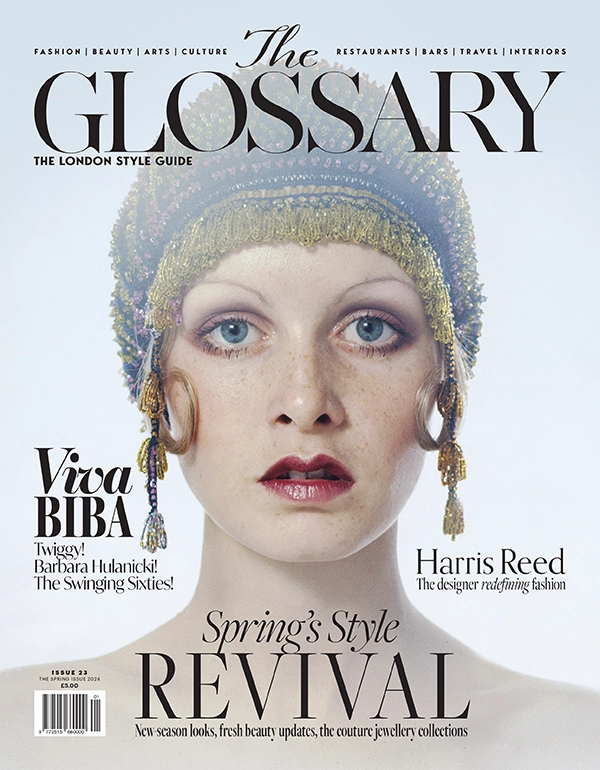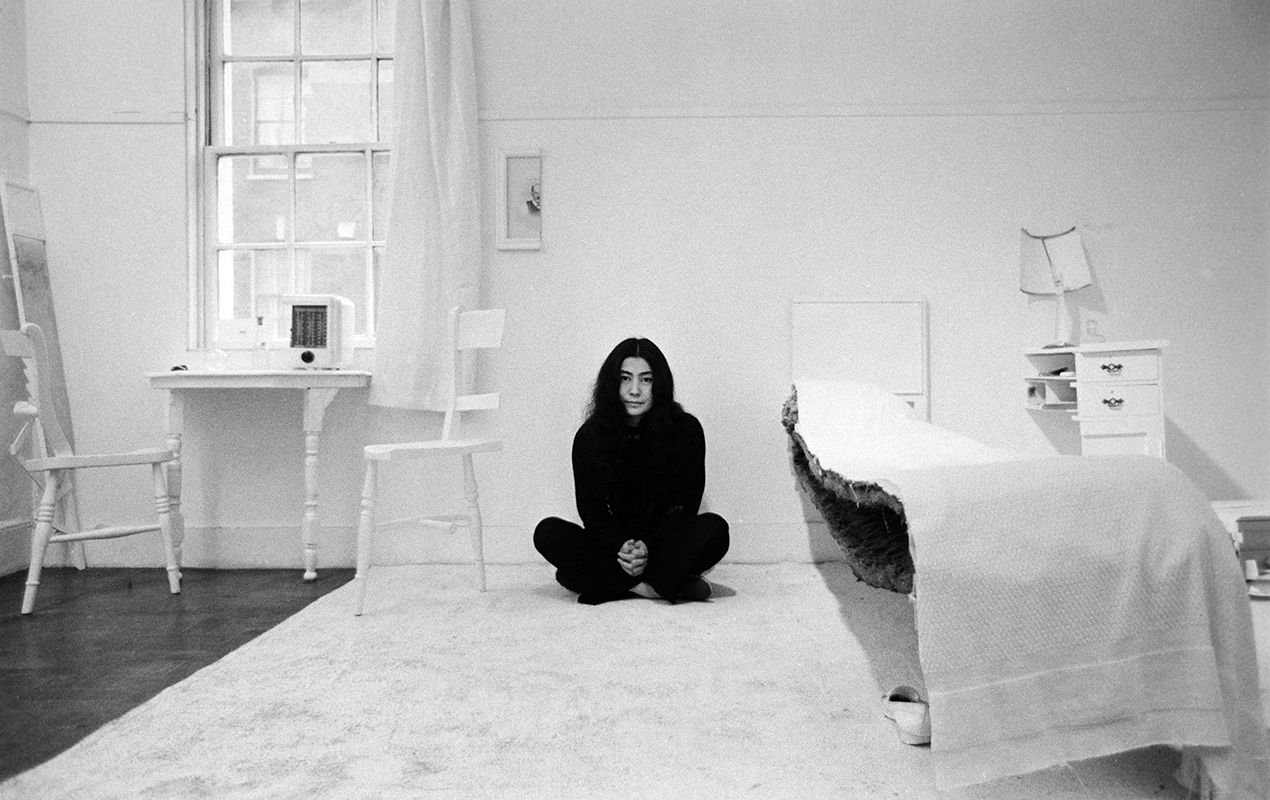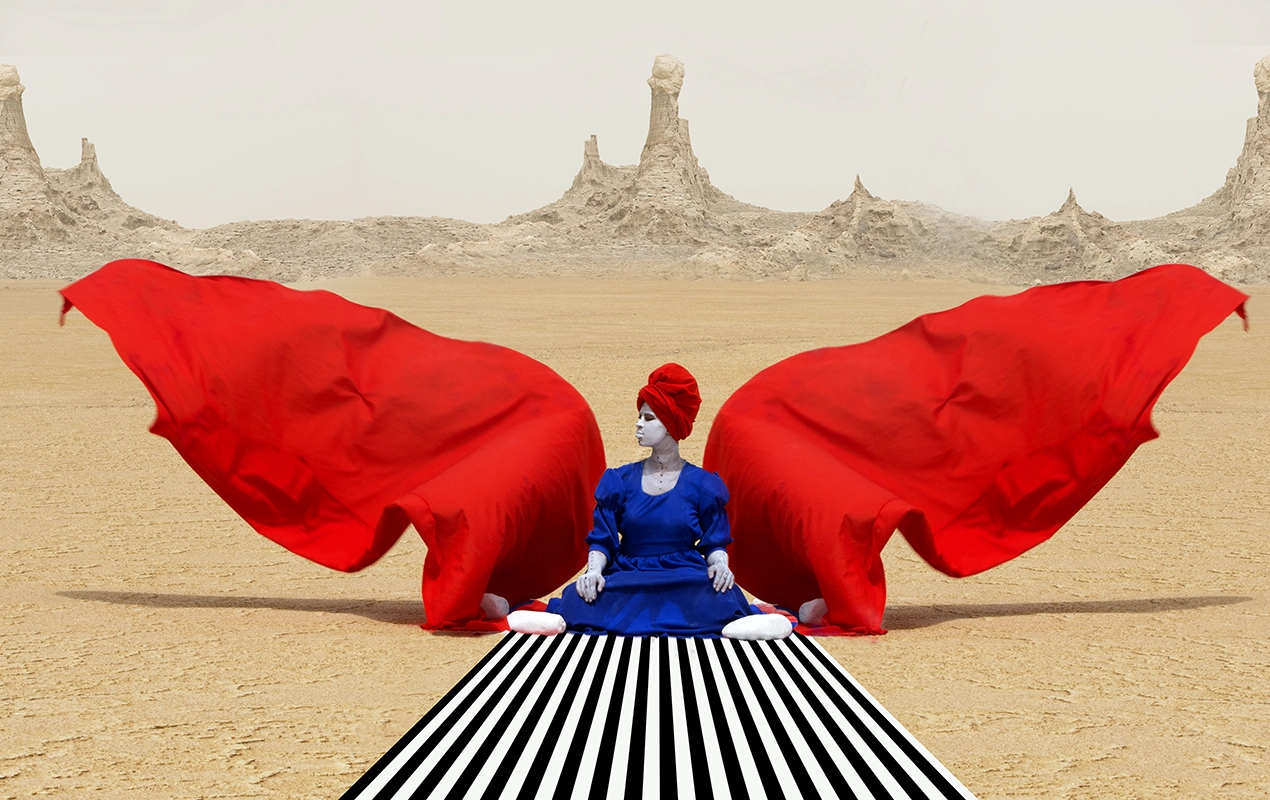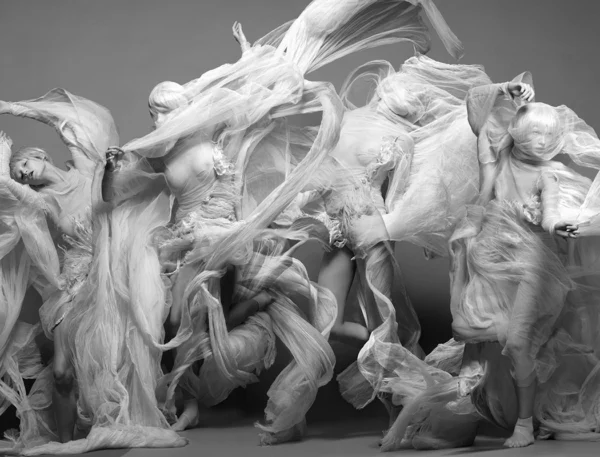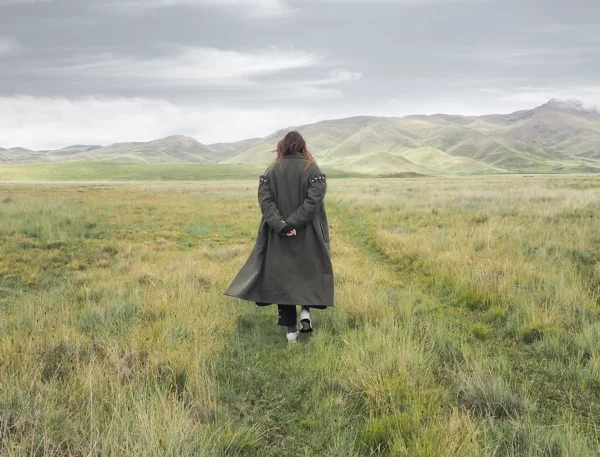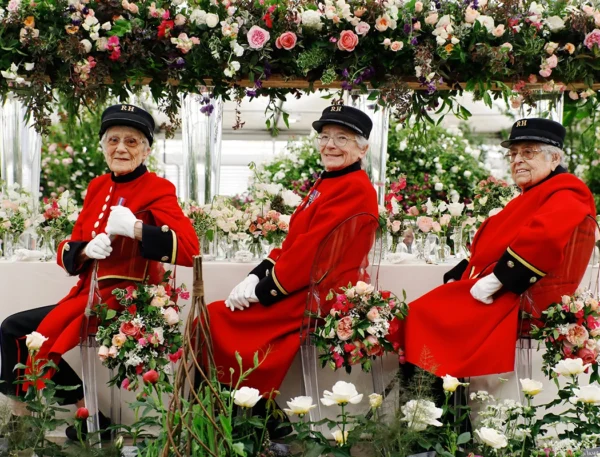Performance artist, peace campaigner, poet, musician, film-maker… Yoko Ono’s seven-decade career is nothing short of extraordinary and Tate Modern’s Yoko Ono: Music of the Mind promises to do it justice. The new exhibition, which opens on 15 February, brings together her seminal artworks, performances and projects, giving a compelling insight into one of the most inspirational and inimitable creatives alive today.
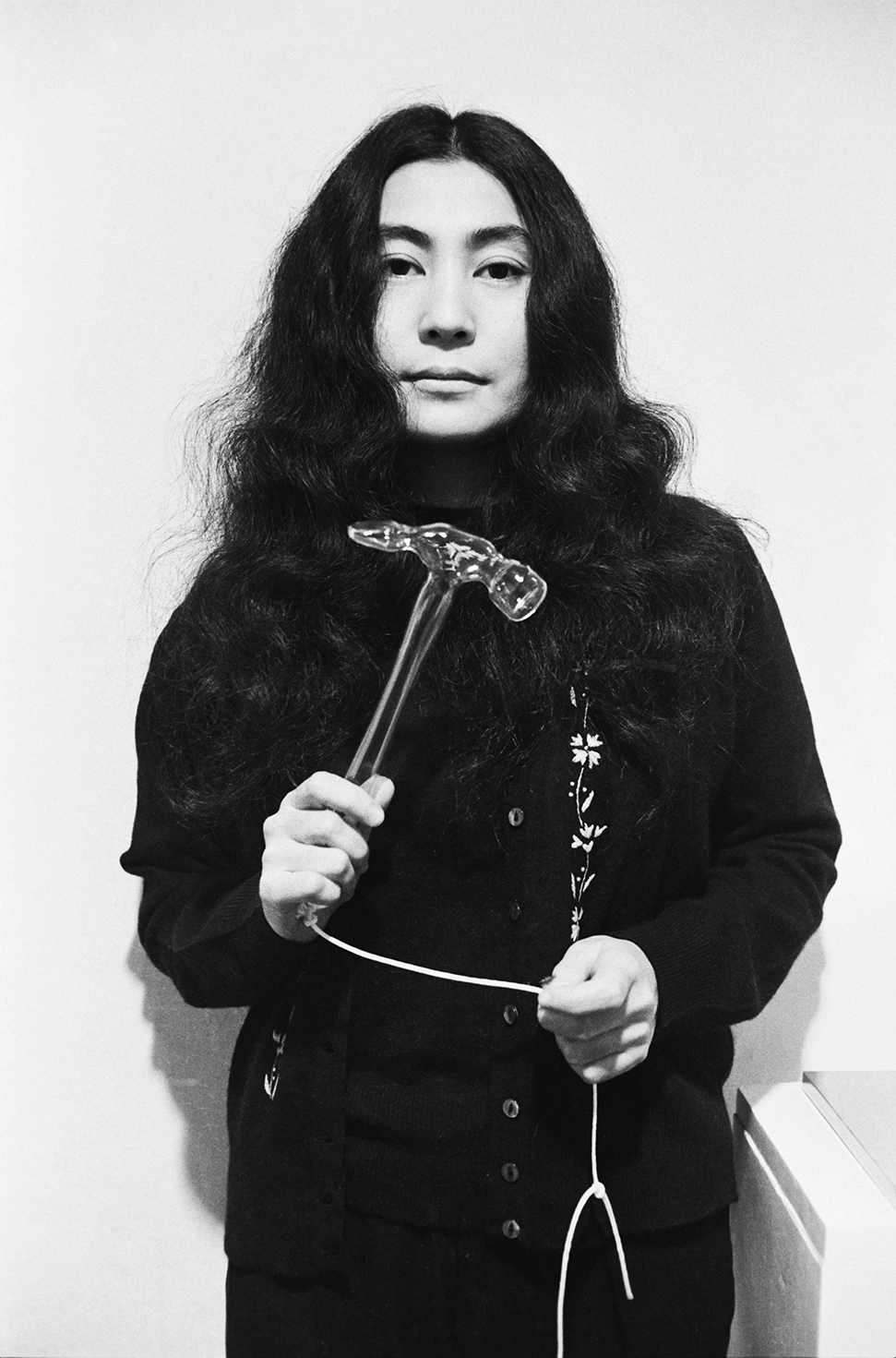 Pin
Pin Yoko Ono once said, “You change the world by being yourself.” Over the past seven decades, the avant-garde artist and activist has been true to her word, not only as a trailblazer with her innovative multidisciplinary artistic practice, but also as a musician and a powerful campaigner for world peace.
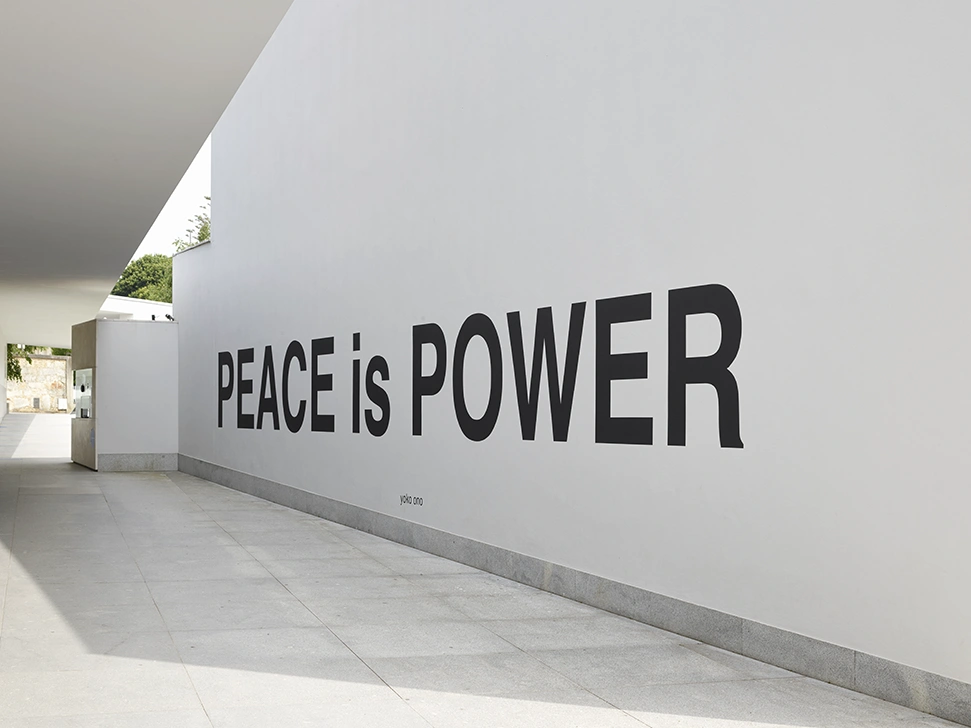 Pin
Pin In this, her 91st year, Tate Modern presents the UK’s largest exhibition celebrating Ono, Music of the Mind. The retrospective features over 200 of Ono’s works from the mid-1950s onwards, including scores, installations, films, music and photography, some of which have never been seen before, curated by Tate Modern’s Juliet Bingham and Patrizia Dander, Head of Curatorial Department, Kunstsammlung Nordrhein-Westfalen.
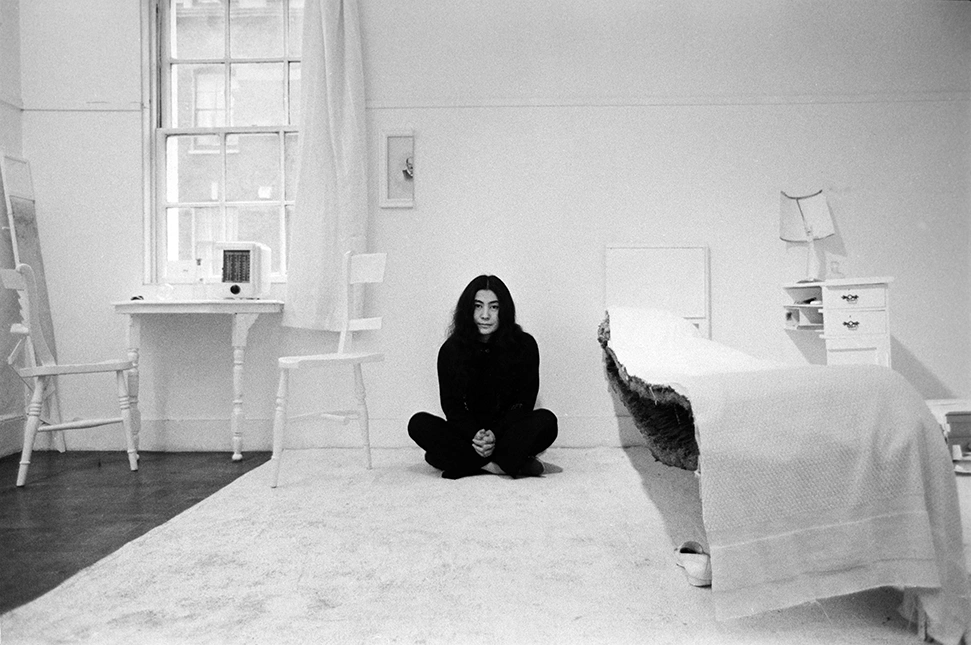 Pin
Pin “The main inspiration for Music of the Mind was to explore Ono’s conceptual practice, which foregrounds ideas over objects, alongside her ongoing campaign for world peace,” Bingham tells The Glossary exclusively. “In particular, the exhibition seeks to trace her radical approach to art, language, and participation. Ono’s work is a collective call to action and a provocation to change the world, one wish at a time. We want to invite people to participate and to dream together.”
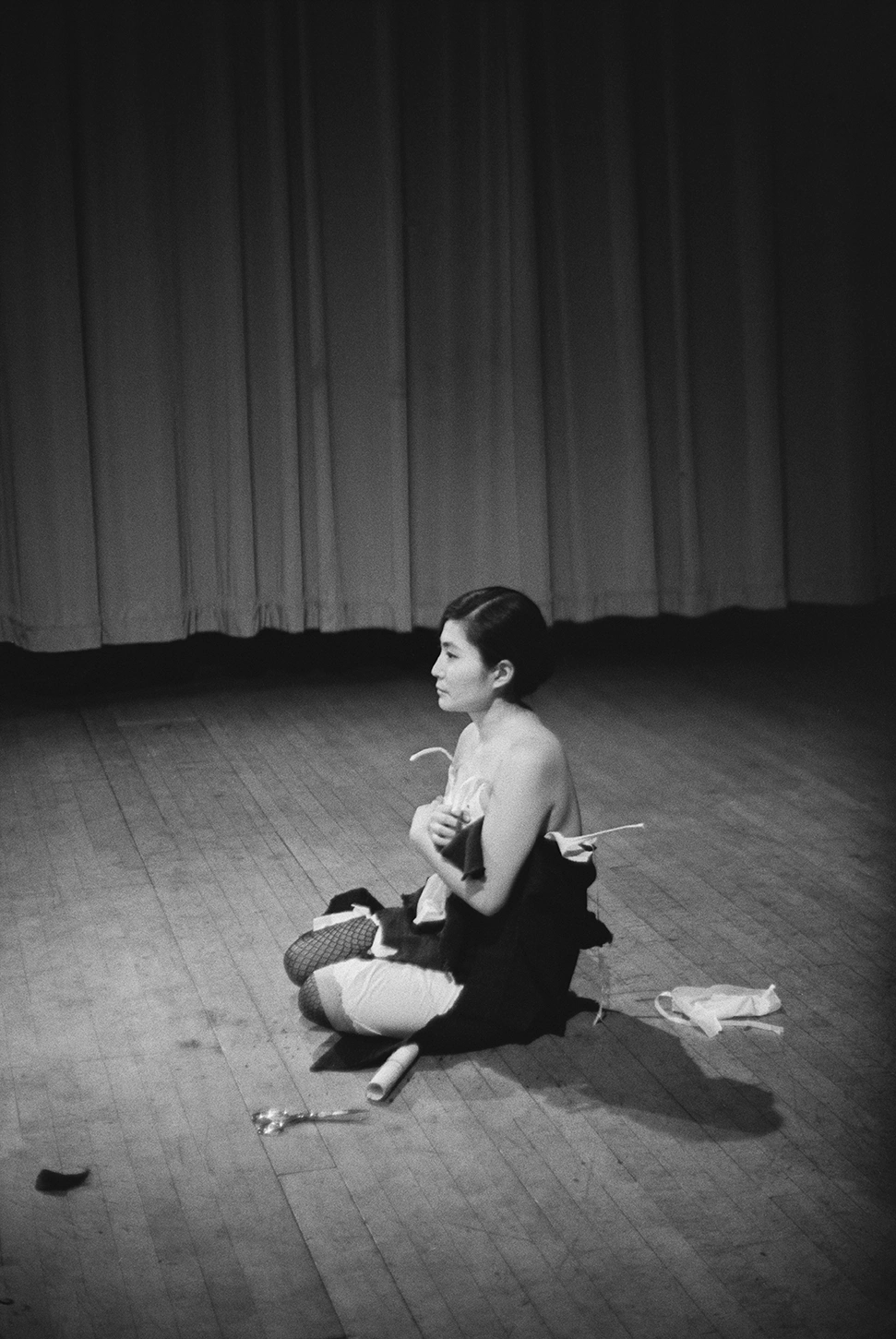 Pin
Pin The result is an exhibition which captures Ono’s visionary spirit, giving insight into the key moments of her extraordinary 70-year-plus career in America, Japan and the UK, during which she pioneered early conceptual and participatory art, film and performance. The display also showcases the continuing relevance and impact of Ono’s work on contemporary culture.
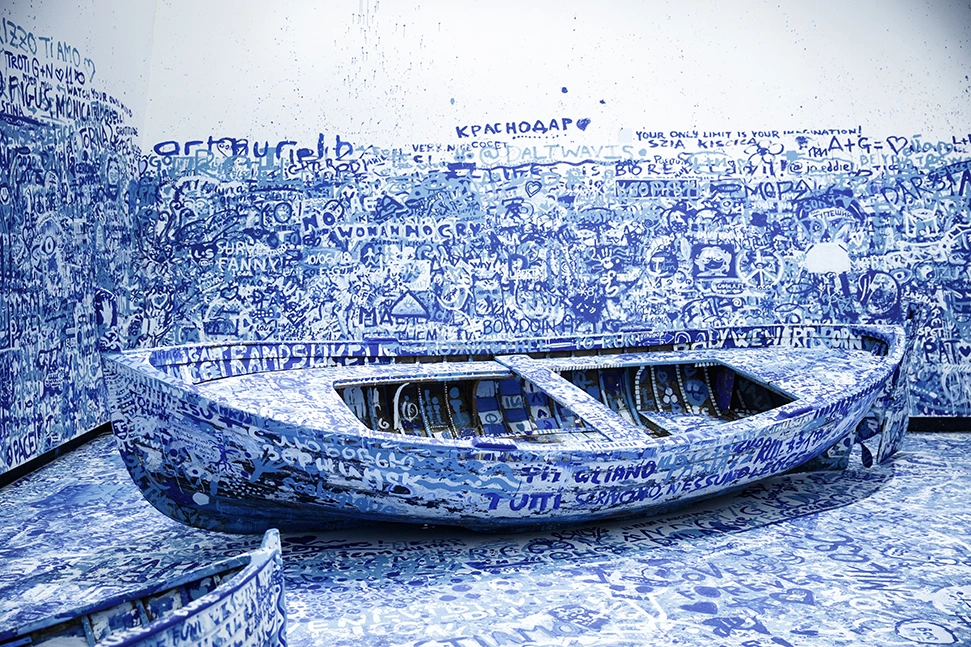 Pin
Pin The show begins by highlighting Ono’s earlier oeuvre, when she was mixing in experimental circles in Tokyo and New York. These included written ‘instruction pieces’, such as ‘Listen to a heartbeat’ and FLY, aimed to stimulate and unlock the mind of the reader. Here, visitors are invited to act on Ono’s instructions, concealing themselves in the interactive work Bag Piece 1964, for example, or bringing their shadows together in Shadow Piece 1963.
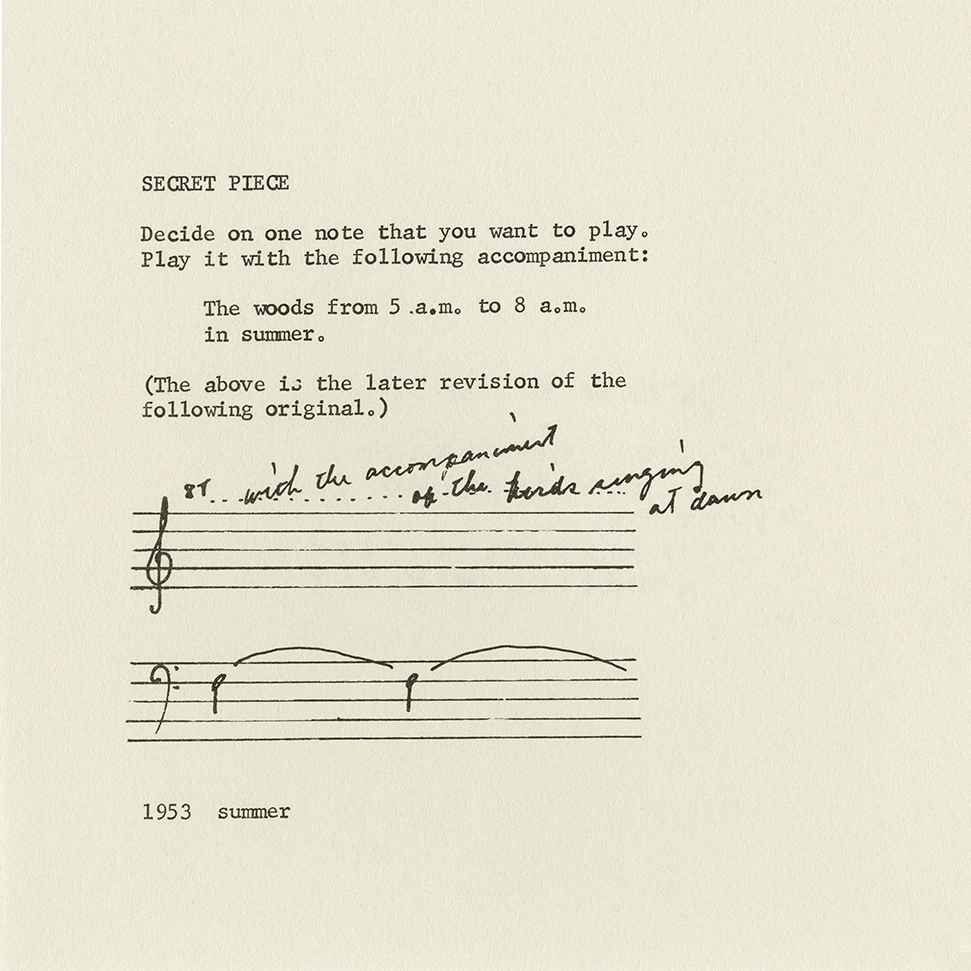 Pin
Pin Juliet Bingham, Co-Curator of Ono, Music of the Mind
The heart of the exhibition, however, focuses on Ono’s five years spent in London, from 1966, when she hung out with a countercultural crowd of creatives. Indeed, it was at this time she met The Beatles’ John Lennon, who, as we all know, became her future husband and longtime collaborator. Works from this period include key installations from her influential exhibitions at Indica, the capital’s first conceptual art gallery, and Lisson Gallery (Ono and Lennon first laid eyes on one another at the former when she was installing her solo show there).
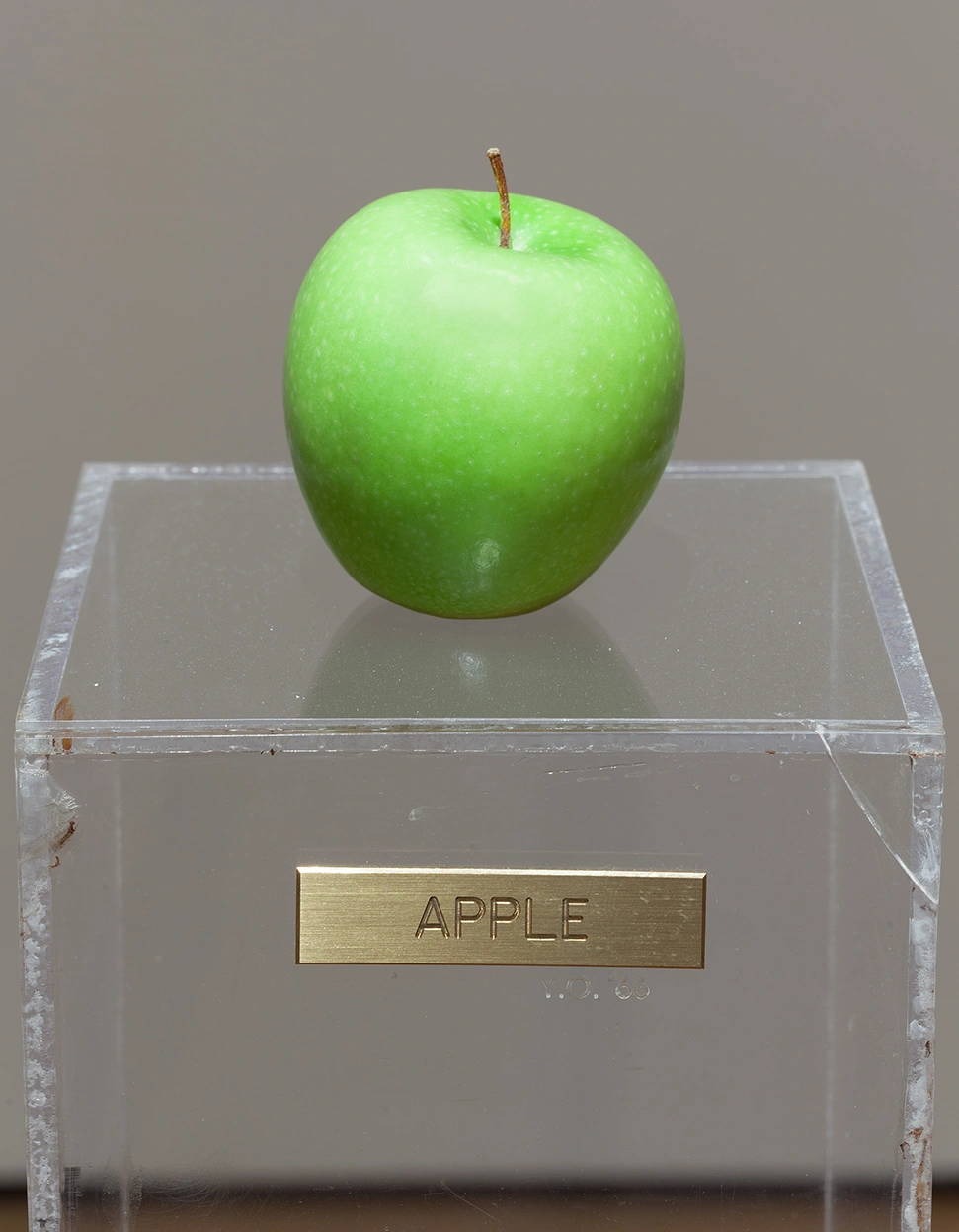 Pin
Pin Other pieces during the 1960s took on a more political angle as the Vietnam War raged on, such as banned Film No. 4 (Bottoms) 1966-7 – which she created as a ‘petition for peace’ – and the interactive White Chess Set, first realised in 1966, also demonstrating her anti-war stance.
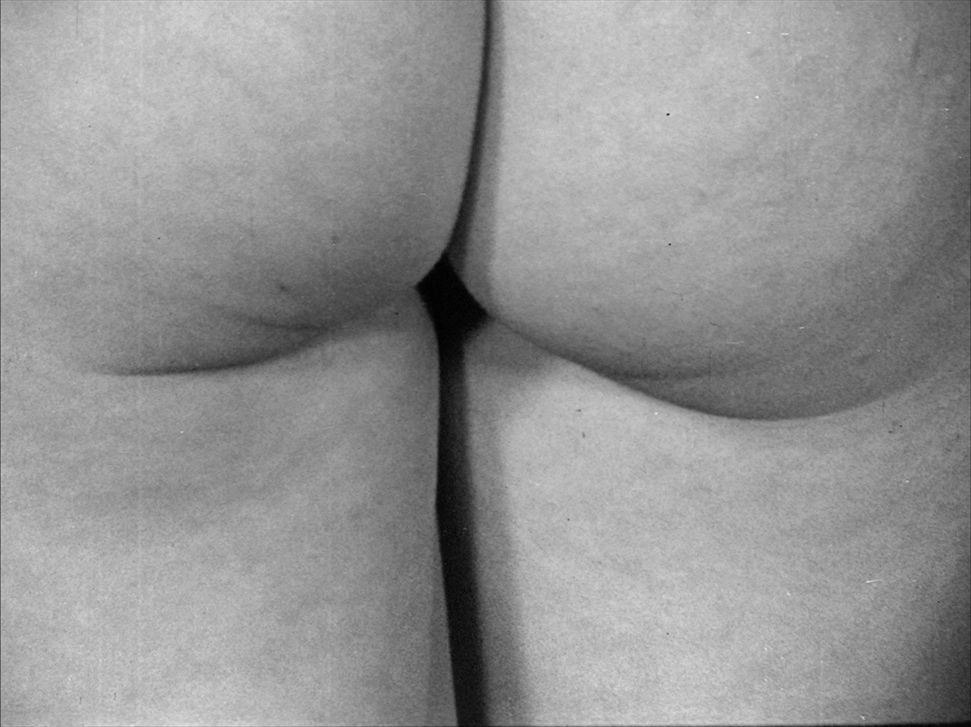 Pin
Pin Recurring themes in Ono’s oeuvre are explored, too – we see the ‘sky’ across pieces and installations, the artist’s metaphor for peace and freedom (she found solace in the sky as a child fleeing Tokyo in the Second World War). Her commitment to feminism is also shown, including in the film Freedom 1970, in which Ono attempts and fails to break free from her bra.
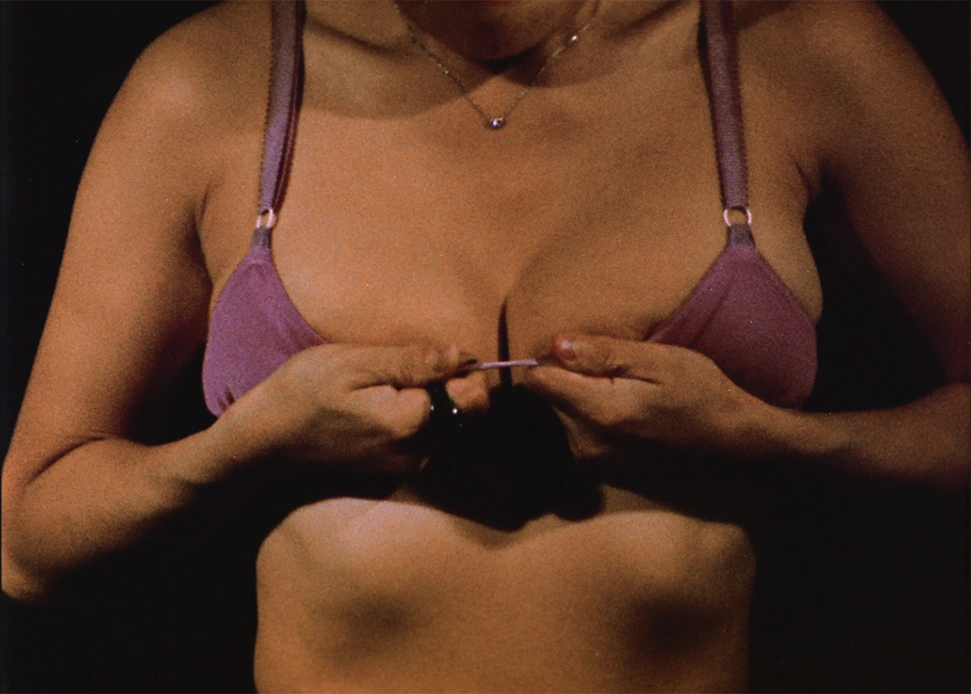 Pin
Pin Her peace and humanitarian campaigns are, of course, spotlighted, many of them collaborations with Lennon. There’s the billboard campaign ‘WAR IS OVER!’ (if you want it) 1969, its aim to inspire a generation to conceive a world without war – and the famous film BED PEACE 1969 which showed the second of the couple’s infamous ‘bed-in’ events staged in Amsterdam and Montreal.
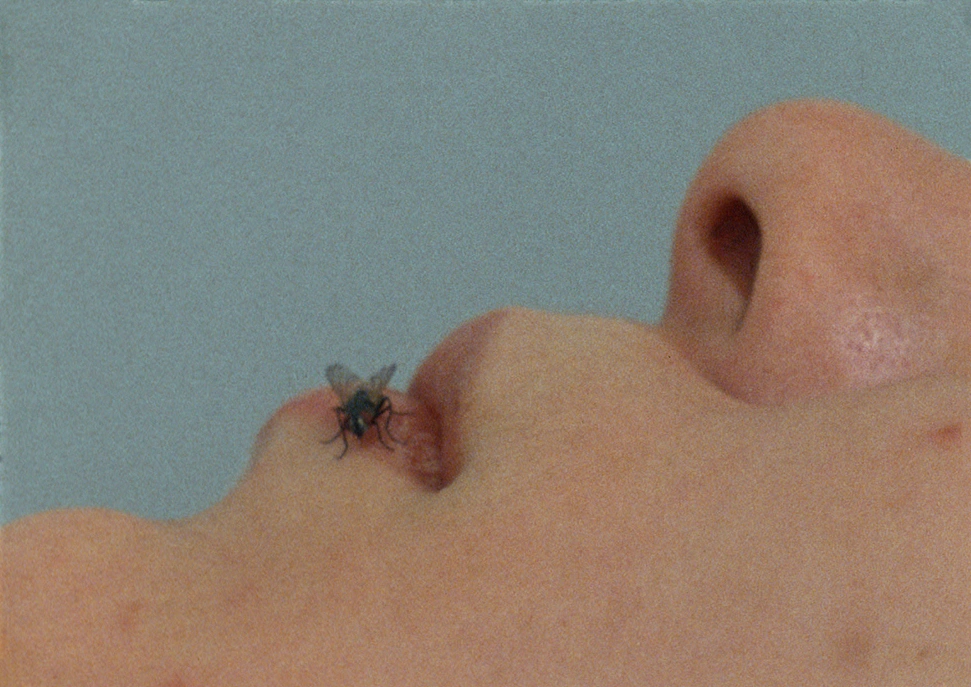 Pin
Pin More recent works include Mommy Is Beautiful, first created in 2004, a 15-metre-long wall of canvases where visitors can attach photographs of their mother and share personal messages. Another interactive artwork, 1996’s Wish Tree which is reimagined at the entrance to Tate Modern, invites anyone to contribute their personal wishes for world peace. “Ono has been a trailblazer of early conceptual and participatory art, film and performance, a celebrated musician, and a formidable campaigner for world peace for over 70 years” concludes Bingham.
“We wanted to offer audiences the chance to experience her truly radical approach to language, art and participation, which has had an enormous impact not only on future generations of artists, but on contemporary culture. Ono’s work offers a powerful agent for change, aiming for the realisation of a peaceful world by encouraging the unlocking of the mind. In her own words: “A dream you dream alone is only a dream. A dream you dream together is reality.”
15 February – 1 September
Tate Modern, Bankside, London SE1 9TG
tate.org.uk
